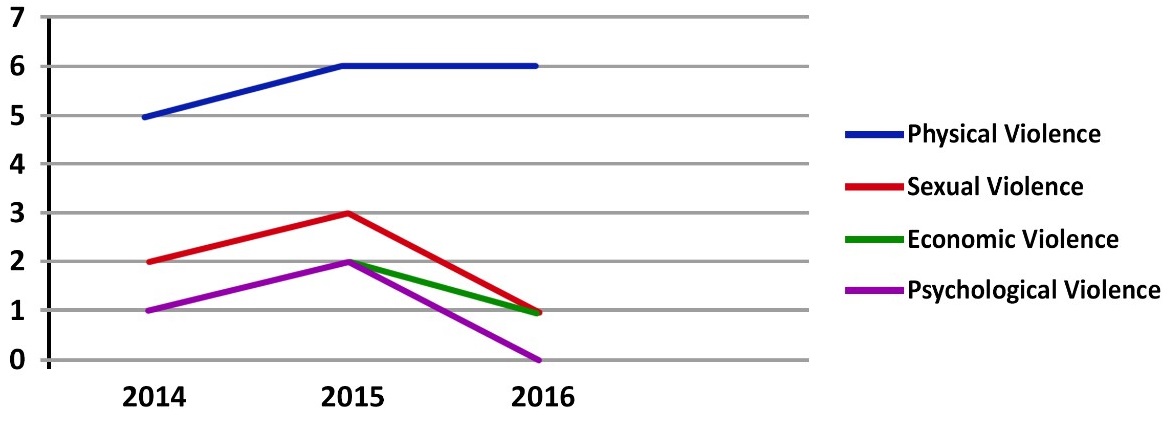Prevalence of Domestic Violence Against Women and Children in the Philippines
Abstract
In a country where gender and development is promoted, professionals, educators, students, household and families must be exposed in the issues of Violence against Women and Children in the Philippines. Hence, this mixed method study determined the prevalence of domestic violence against women and children in the municipality of Malvar with an end goal of proposing extension service activities to minimize the problem of domestic violence in the municipality of Malvar. Specifically, it dealt with the following: the issues of violence against women and children in the municipality from 2014-2016, the police officers’ perspective in addressing such case, and the factors that drive the complaints to report such case. The data were obtained through the issues of violence reported in the women’s desk and interview of the two police officers and two random victims. By evaluating and analysing the information gathered, the researchers found out that the common factor that lead the complainant to report the case was the victim’s fear that even their children may experience violence from the husband. The results of the study also revealed that reluctance of the victims to pursue the complaints and the victims’ tolerance of abuse are the problems which boil down the culture. In connection to victims’ reluctance to pursue the complaint, problems like costly, lengthy litigation and corruption in the judiciary and prosecution exist. These problems discourage the victims in filing formal complains. In addition, there is no established national free legal aid program for financially challenged women. In line of the above cited problems, the researchers recommend that victims be referred to DSWD even if she does not file formal complaint. In instances when the victims chooses to go back to her abuser, consistent monitoring and counselling must be done to inform them of other remedies like that of Barangay Protection Order which is cheaper and readily available in barangay.


This work is licensed under a Creative Commons Attribution 4.0 International License.
Copyright for this article is retained by the author(s), with first publication rights granted to the journal.
This is an open-access article distributed under the terms and conditions of the Creative Commons Attribution license (http://creativecommons.org/licenses/by/4.0/).









1.png)














